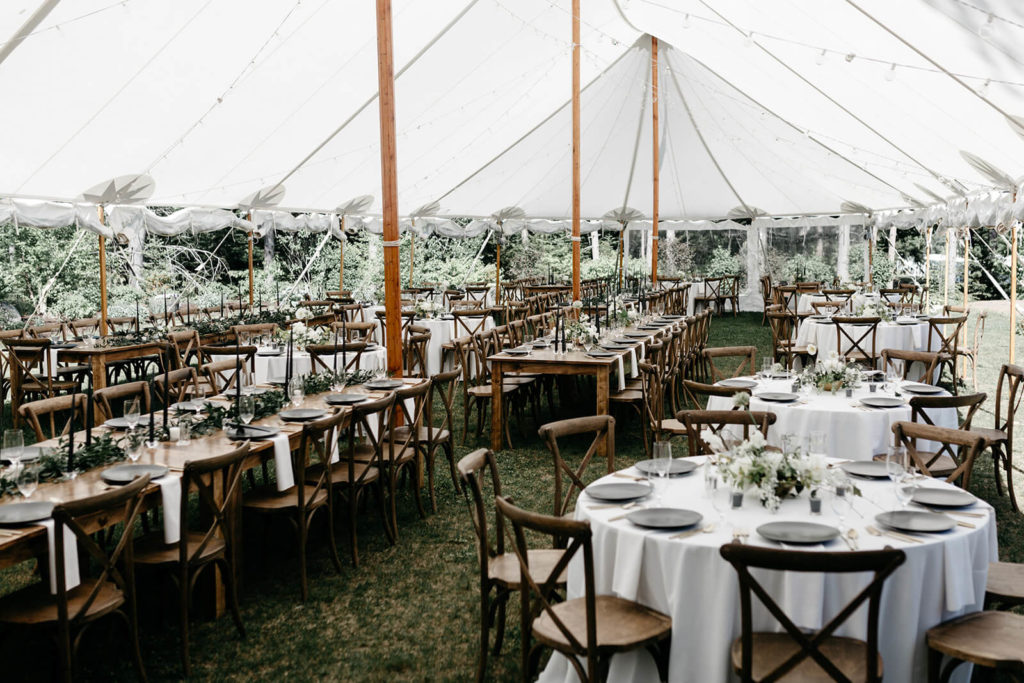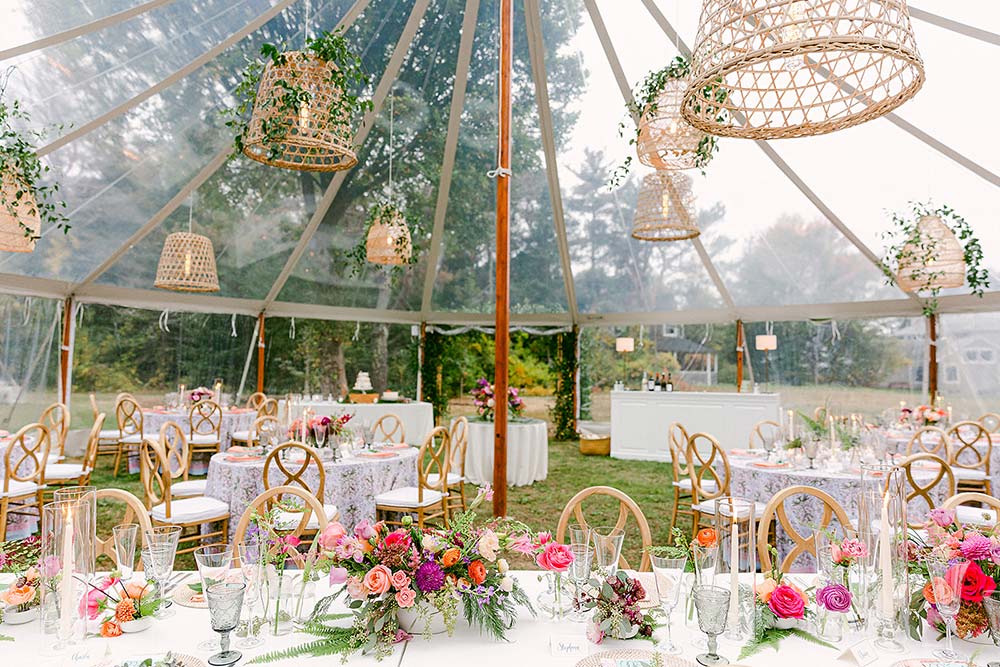If you’re planning an event, one of the most important things to think about is the seating arrangements. Making a table plan can be a... Read More
If you’re planning an event, one of the most important things to think about is the seating arrangements. Making a table plan can be a daunting task, but it doesn’t have to be.
You want your guests to be comfortable and enjoy themselves, and that all starts with a well-thought-out seating plan. So why not take a break from all the planning and check out our best tips for creating the perfect table plan?
Do I Even Need A Seating Plan?
Before we jump into best practices for a DIY seating plan, you may think, “do I even need one?” The answer is, oh yes!
A seating chart is a handy tool for organizing your wedding reception or event. Not only does it help to keep things organized, but it also makes things run more smoothly.
Guests will know exactly where to go, and there will be no confusion about where to sit. The chart can also assign specific seats to VIP guests or those with special needs.
Overall, a seating chart is a helpful way to ensure that your wedding reception runs smoothly and everyone has a good time.
10 SEATING CHART TIPS FOR YOUR NEXT EVENT
1. Know Your Venue.
When you’re planning an event, one of the most important things to consider is the capacity of your venue. Knowing this information beforehand will determine how many people you can invite and where they can sit comfortably.
It’s essential to create a seating plan that’s both practical and aesthetically pleasing. You should also consider the flow of traffic and placing exit doors. By weighing these factors, you can create a seating plan that will make your event run smoothly.
2. What Type of Event Are You Hosting?
Another factor to consider when creating a seating plan is the type of event you’re hosting. For example, a formal dinner party will require a more traditional approach, with guests seated according to their status or relationship with the host.
A casual get-together with friends or family can be more flexible, with people seated according to their preference or comfort level.
3. Make a List of All Your Guests.
The first step to making a seating chart is to make a list of all your guests. Include their names, as well as any other relevant information, such as whether they are part of a couple or family. This will make it easier to place them at tables later on.
4. Decide How Many Tables You Need.
Once you have a list of all your guests, you need to decide how many tables you need. Include about 10 guests per table. (Of course, this may vary depending on the size and layout of your venue.)
5. Place Couples and Families Together.
When placing guests at tables, be sure to seat couples and families together. This will make them feel more comfortable and allow them to socialize with each other more easily.
6. Seat Singles Together.
If you have a lot of single guests, you might seat them together at their own table. This will give them a chance to get to know each other better and perhaps even find romance!
7. Consider Your Guests’ Interests.
When placing guests at tables, it’s helpful to consider their interests. For example, if you have a group of friends who are all into sports, seat them together so they can talk about their favorite teams.
Similarly, if you have a group of guests who are all into fashion, seat them together so they can chat about the latest trends.
8. Balance Men and Women.
When making your seating chart, it’s important to balance the number of men and women at each table. This will help to ensure that everyone feels comfortable and that conversations can flow easily between guests.
9. Don’t Forget the Kids!
If you’re having a seated dinner, don’t forget to include the kids! They’ll probably be seated at their own table or with their parents, but it is still important to include them in your seating chart so that everyone knows where they should be sitting.
10. Consider Special Needs.
Consider any special needs or requests from your guests. If someone requires special help, ensure they’re seated where they have easy access to restrooms, exits, etc.
EXTRA TIPS FOR DIY SEATING PLAN
Don’t For The Extras
When planning a party, it’s essential to consider more than just the guest list. You’ll also need to ensure you have enough space for things like the DJ or band, the dance floor, food, and any other required extra space.
A great tip for creating a seating plan is to know where to place these things in advance. That way, you can ensure everyone has a good time and plenty of room for dancing and mingling. Just remember to leave some space open for people to move around freely. You don’t want anyone to feel cramped at your party!
You Don’t Have To Tackle Your DIY Seating Plan Alone
Table planning can be a time-consuming and tedious task, especially for large events. Luckily, there is table planning software that can take the pain out of the process.
Try an app or software like Top Table Planner to help with your seating chart. This type of software allows you to input the number of guests, the number of tables, and the seating capacity of each table. Then, it will generate a suggested seating plan based on your criteria.
You can also use the software to create different versions of the seating plan and compare them side-by-side. With this valuable tool, you can take the stress out of table planning and focus on more important things.
Creating a seating plan may seem like a daunting task, but following these tips will help ensure that your next event goes off without a hitch! Remember to figure out the capacity of your venue first, consider any special needs or requests from guests, assign seats ahead of time if possible, and have a backup plan ready… and relax! With a little planning and forethought, you’ll be ready for success!
If you’re ready to plan the special event of your dreams, contact us today and let us help you get started planning your big day in Vermont!



